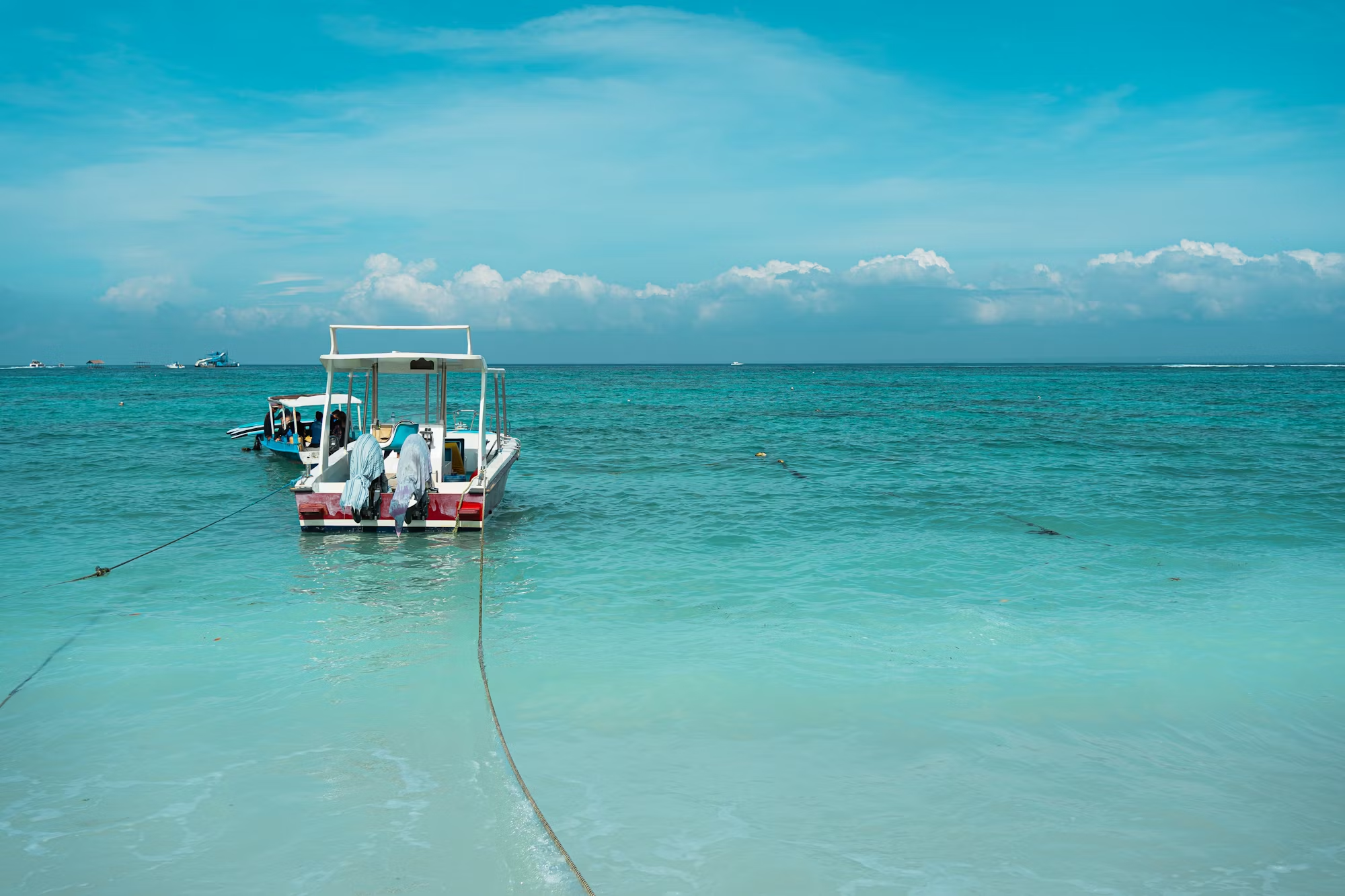Fishing is a cherished activity that not only connects us with nature but also sustains communities and economies worldwide. However, with the increasing pressure on our oceans and waterways, understanding and implementing sustainable fishing practices is crucial. This article explores the importance of sustainability in fishing and highlights various practices that can help protect marine ecosystems while ensuring a fruitful fishing experience.
Sustainable fishing practices focus on maintaining fish populations and their habitats, ensuring that future generations can also enjoy this beloved pastime. Overfishing, habitat destruction, and pollution are significant threats to marine life, making it imperative for anglers to adopt practices that promote ecological balance. By choosing sustainable fishing techniques, anglers can contribute to the health of the oceans and the biodiversity within them.
One of the primary principles of sustainable fishing is to practice catch and release. This method involves catching fish and returning them to the water unharmed, allowing populations to thrive and regenerate. Catch and release is particularly effective for species that are vulnerable to overfishing. When done correctly, this practice minimizes stress on the fish and increases their chances of survival. Anglers can enhance the success of catch and release by using barbless hooks, handling fish gently, and ensuring they are quickly returned to the water.
Another vital aspect of sustainable fishing is choosing the right gear. Using appropriate fishing gear can significantly reduce bycatch—unintentional catch of non-target species. For instance, using circle hooks can help reduce the mortality rate of released fish, as they are designed to hook fish in the corner of the mouth, making it easier to remove them unharmed. Additionally, using lighter fishing lines can help prevent entanglement and injury to marine animals.
Selecting the right fishing locations is also essential for sustainability. Local fishing regulations often include guidelines on seasonal fishing, size limits, and protected areas. By adhering to these regulations, anglers can help conserve fish populations and their habitats. Many regions also designate marine protected areas (MPAs), where fishing is restricted or prohibited to allow ecosystems to recover. Supporting these areas by fishing responsibly can contribute to the long-term health of marine life.
In recent years, there has been a growing emphasis on the concept of community-supported fisheries (CSFs). These initiatives connect consumers directly with local fishermen, allowing them to purchase fresh seafood while supporting sustainable practices. CSFs encourage anglers to consider the source of their catch and promote transparency in the fishing industry. By participating in CSFs, anglers can contribute to the local economy and help maintain sustainable fishing practices within their communities.
Aquaculture, or fish farming, is another avenue for sustainable seafood production. When done responsibly, aquaculture can alleviate some of the pressure on wild fish populations. It provides a steady supply of fish while allowing wild stocks to recover. Sustainable aquaculture practices focus on minimizing environmental impact, such as reducing pollution and ensuring ethical treatment of farmed fish. By choosing sustainably farmed seafood, anglers and consumers can support a more balanced approach to seafood production.
Education plays a critical role in promoting sustainable fishing. Anglers who are knowledgeable about local ecosystems, fish species, and sustainable practices are better equipped to make informed decisions on the water. Many organizations and local governments offer workshops and resources on sustainable fishing techniques, habitat conservation, and species identification. Participating in these educational opportunities can empower anglers to take an active role in protecting marine environments.
In addition to individual efforts, collaboration among anglers, organizations, and governments is essential for advancing sustainable fishing practices. Many conservation groups work tirelessly to advocate for policy changes that protect marine ecosystems and promote responsible fishing. By supporting these initiatives and participating in local conservation efforts, anglers can make a positive impact on the future of fishing.
As technology advances, innovative tools and techniques are being developed to enhance sustainable fishing practices. For instance, fish finders and sonar technology can help anglers locate fish without disrupting habitats or causing harm to sensitive areas. Furthermore, advancements in gear design continue to reduce bycatch and promote the welfare of marine life. Embracing these technologies can lead to more responsible fishing practices and better outcomes for the environment.
Finally, it is essential to foster a culture of stewardship among anglers. Sharing knowledge about sustainable practices, participating in clean-up efforts, and respecting wildlife regulations are all ways to contribute to the well-being of our oceans. By prioritizing sustainability in fishing, we can ensure that this cherished activity remains viable for future generations.
In conclusion, sustainable fishing practices are vital for preserving marine ecosystems and ensuring that fishing remains a rewarding activity for years to come. Through catch and release, responsible gear choices, adherence to regulations, support for local fisheries, and continued education, anglers can play a crucial role in promoting sustainability. By embracing these practices, we not only protect our oceans but also create a legacy of stewardship and respect for the environment. Together, we can explore the wonders of fishing while safeguarding the resources that make it possible.
